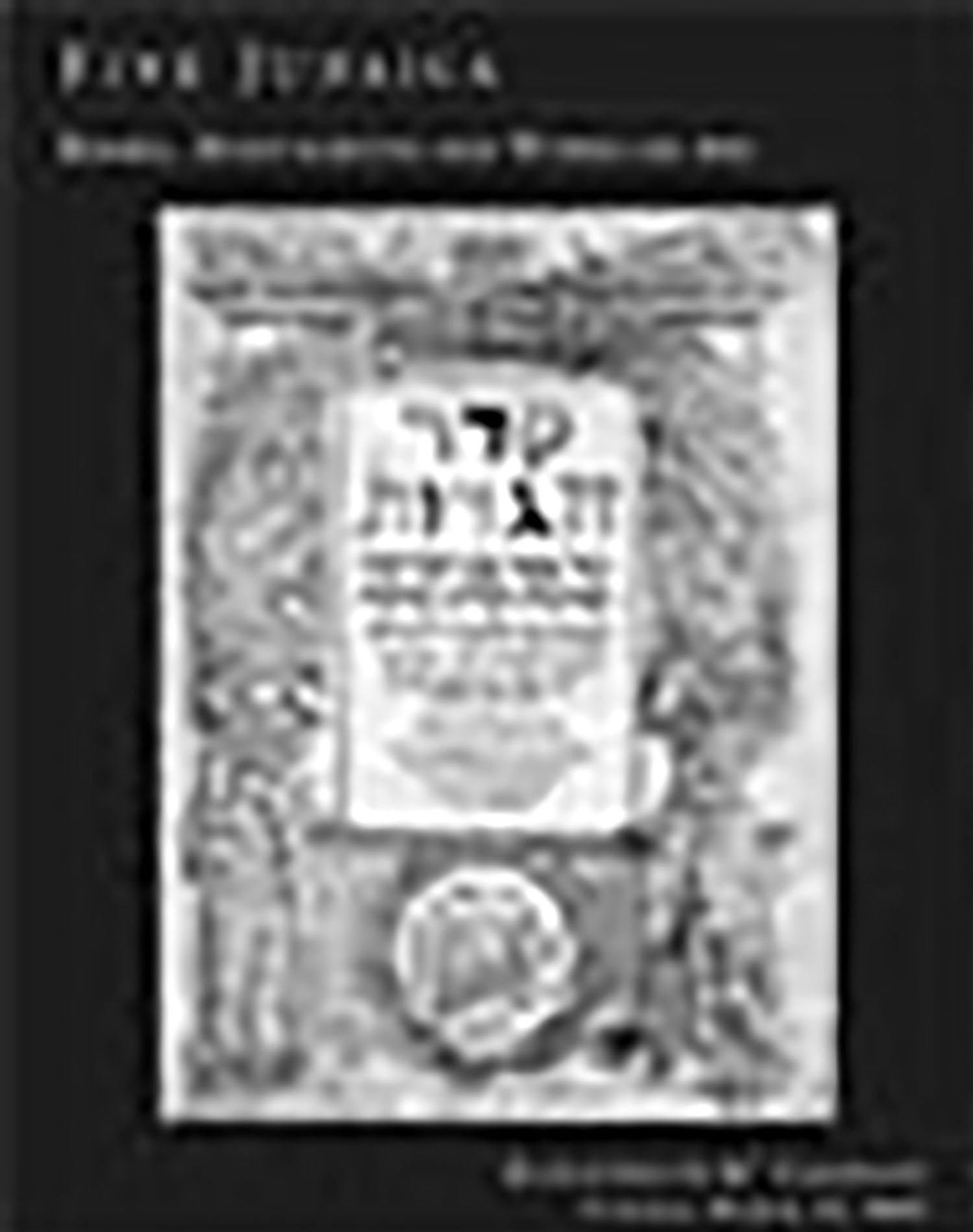Perush Nevi’im Rishonim [commentary to Former Prophets]

AUCTION 15 |
Tuesday, March 12th,
2002 at 1:00
Fine Hebrew Books, Manuscripts and Works of Art The Property of Various Owners
Lot 2
ABRABANEL, DON ISAAC.
Perush Nevi’im Rishonim [commentary to Former Prophets]
Pesaro: Gershom Soncino 1511
Est: $4,000 - $6,000
PRICE REALIZED $6,500
Abrabanel endeavours to explain the general content of the Bible, its principles, views and moral teachings more than the actual meaning of the words and passages. Primarily a philosophical, theological, ethical and to some extent historical commentary, his method as an exegete is entirely novel, prefacing each section of each Book with a number of questions and then interpreting that section in such a manner as to gradually resolve them. He divided each Book in his own way according to the individual logical subjects treated, without attention to the traditional division. Thus, in the Book of Joshua he discerns sixteen divisions instead of twenty-four; in The Book of Judges, twelve instead of twenty-one and in both Books of Samuel, which he treats as one, twenty-five instead of fifty-five traditional divisions. His greatest contribution to the exegesis of the Former and Latter Prophets are his introductions. In his general introduction to Nevi’im Rishonim, he discusses the classification of the books of the Canon. After giving the traditional classification and the literary one adopted by Gentile scholars, he offers his own historical classification. He takes up the question of the time of composition of the Books of Joshua, Judges and Samuel and deals with issues of authorship. Abrabanel was practically the first Jewish commentator to devote attention to the question of Biblical chronology, primarily that of the period of the Judges until the division of the Kingdom, and as such, contributed greatly to attempted solutions by subsequent commentators both Jewish and Christian. See M. Waxman, vol. II, pp. 46-51 and, in general B. Netanyahu, Don Isaac Abravanel, Statesman & Philosopher (1968).
Gershom Soncino was perhaps the most prolific printer of his time producing more than 100 Hebrew titles and as many non-Hebrew texts (using the name Hieronymus Soncino). His brief sojourn in the Adriatic town of Pesaro was no doubt encouraged by the marriage and removal of his erstwhile patroness, Ginevera Sforza to that town. Pesaro became an asylum for scholars and artists under the rule of the Sforza family. Indeed, Gershom printed at Pesaro without cessation from 1507 to 1515 and again in 1517, 1519 and 1520. According to Marx; “The years 1509-1511, during which time the production of books in Venice as a result of the War of the League of Combray, was at a complete standstill, were among Gershom’s best years as far as the quantity of books produced is concerned; if in 1509 he published only four books, in 1510 he reached the number of fourteen, and in 1511, twelve.” Regarding Soncino’s years on the Adriatic coast in Pesaro see D. Amram, The Makers of Hebrew Books in Italy (1963) pp. 104-115 and M. Marx, Gershom Soncino’s Wanderyears in Italy, in HUCA Vol. XI (1936) pp. 459-465.
Provenance: Parke-Bernet Galleries, Important Hebrew Books, Incunabula & Illuminated and Other Manuscripts from the Collection of the Late Michael Zagayski, Part Two, New York, 12th and 13th May 1970, Lot 14
